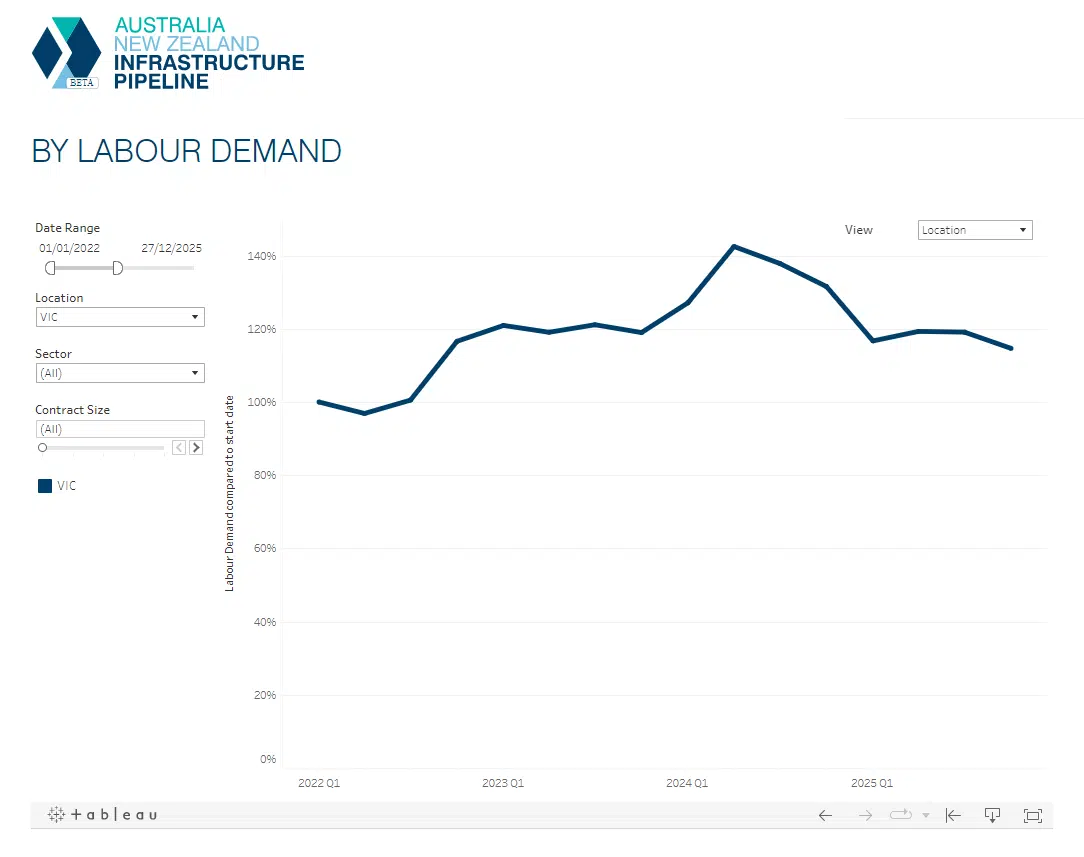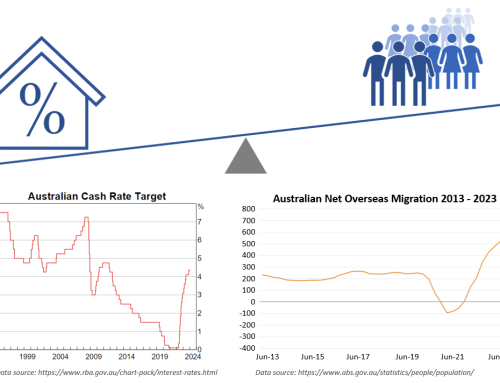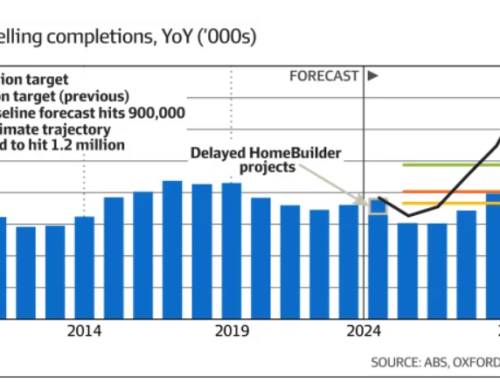Maximise your scarce labour workforce to your advantage in 2022
Following on from my briefings last year about the tight labour market, today I bring you another perspective that our coaches will be discussing in 2022.
If you want a refresher on the briefings, you can revisit them here:
15 November 2021: Labour Market Insights – 3 graphs to show you why team recruitment and retention are so important for the next 3 years
13 August 2021: Business Insights – The labour problem explained and the action you need to take now
20 May 2021: Business Insights – Evidence of Recruitment Challenges in Australian Markets in 2021-2022
We are continuing to see scarcity of labour resources across the board: from trades-based roles to engineers, admin roles and software developers. As I discussed in my brief on labour market insights on 15 November 2021, we need to expect that it will remain like this for the rest of this year, and possibly into 2023.
For trades-based businesses, the major infrastructure projects are still ramping up and sucking up all the labour resources they can. This will continue into 2024 then start to drop off into 2025. Even then it’s worth noting that the lowest level of demand for labour in 2025 will still be higher than the demand in 2022.
See this chart:

Be selective with your clients
Many clients are experiencing growth that would typically see them expand their workforce by 10%, 30% or more.
With the challenges around recruitment and finding (and retaining) good people, it might not be possible to fill all your roles that will enable you to satisfy all your current and potential clients.
Most of our longer-term clients through their Tenfold big picture planning have experienced the benefits of shifting their focus into a niche target market.
In doing so, they’ve passed up work and revenue that doesn’t fit with the ideal market that they want to be playing in long term. All will attest that this has played a big part in improving their margins and made their client processes easier to manage.
What that means for your business in 2022
Instead of saying ‘yes’ straight away to every new job or opportunity, pause and assess the availability of your human resources.
Be aware of the trap of thinking that ‘any sale is a good sale’, and feeling compelled to never turn down a sale. I know that saying ‘no’ to sales will be going against the attitude that helped you get runs on the board in the early years of your business.
Let me tell you a story
When the timber shortage hit the construction industry hard in mid-2021, builders and carpenters rushed to secure supply of materials. Timber merchants inundated with orders had limited stock and couldn’t keep up with demand. So, they had to make hard decisions about how to allocate the timber they did have.
One 90-year-old family-run timber merchant called Hazelwood & Hill (https://hazelwoodhill.com.au/) made the decision to prioritise supply to their loyal clients above others. That meant the builders who hadn’t been loyal to them over the years, who had shopped around and got them to endlessly quote on jobs and then sourced elsewhere, were no longer going to be supplied. Those builders wouldn’t get any timber.
Instead, loyal clients who had paid their bills on time, absorbed price increases over the years, and generally accepted that they might pay a small premium for good service, were rewarded and received their full allocation of what they ordered.
This is the type of thinking we want you to adopt in 2022.
Use inflation to roll out price rises
This brings me to my next point: being in a market with scarce resources means that you have some pricing power. Coupled with this, we’ve seen rises in inflation (think how the rising price of freight has had a flow on effect to other prices), and with this comes an acceptance from customers to receive and pass on price increases.
Use a smart approach to setting new prices
Don’t just look at the price increases you did or didn’t put in over the last 12 or 24 months. Instead, review what price rises you might have foregone over many years.
Don’t just assess your price increases versus the CPI, also look at what your labour pay rises have cost you (as labour represents the biggest cost to most of your businesses) and factor this in.
Several construction EBA labour rates have an automatic annual increase of 5%, which is due to take effect from March 2022. In the software development industry, wages rose by 9% last year, and it’s expected that they’ll rise by significantly more this year.
When setting your new prices, be mindful of what the market price is for your goods and services, but also be aware that while competitors might quote a cheaper price, they might not be able to supply. A current case in point is rapid antigen tests: many websites are quoting RATs at prices under $10 a pop but won’t be able to supply until late Feb or March!
Speak with your coach about how to best implement pricing changes. Be mindful that simply bumping up prices across the board is not the best way to go.
It’s a good idea to use a basic model to assess the impact of potential price rises. As you can see in the chart below, if you increase average prices by 6% and your gross profit margin is 35%, then you can afford to lose 15% in sales and still maintain the same net profit.

Speak to your coach to get a copy of our model with more pricing tiers.
Demand based pricing
While it is prudent to consider raising your prices in early 2022, consider demand-based pricing. This can be relevant to clients where you quote work in industries where prices change and are updated regularly.
As an example, in the recent issues with resupplying supermarkets we’ve seen the price of meat rise as supermarkets capitalise on this shortage of supply.
Another example of demand based pricing is Uber’s surge pricing, with some fares during the festive period being 4-5 times the standard rate.
Being mindful of not alienating your clients, you can use a demand-based pricing strategy to achieve prices at the upper end of what you’d normally expect in 2022.
Wrapping it all up
Labour resources are limited and are expected to stay that way for the rest of the year. Allocate your resources carefully to priority jobs and clients that align with your target niche market. Be confident to say no to work that won’t move you closer to your ideal market and margins.
Inflation increases means that there’s more tolerance for price increases. Use smart pricing strategies to capitalise on this opportunity.
Your coach will be working with you to use the tight labour market and inflation increases to your advantage in 2022.
Ash
Ashley Thomson B.Eng. (Hons), Grad. Dip. Mgmt, MEI
Managing Director, Tenfold Business Coaching




